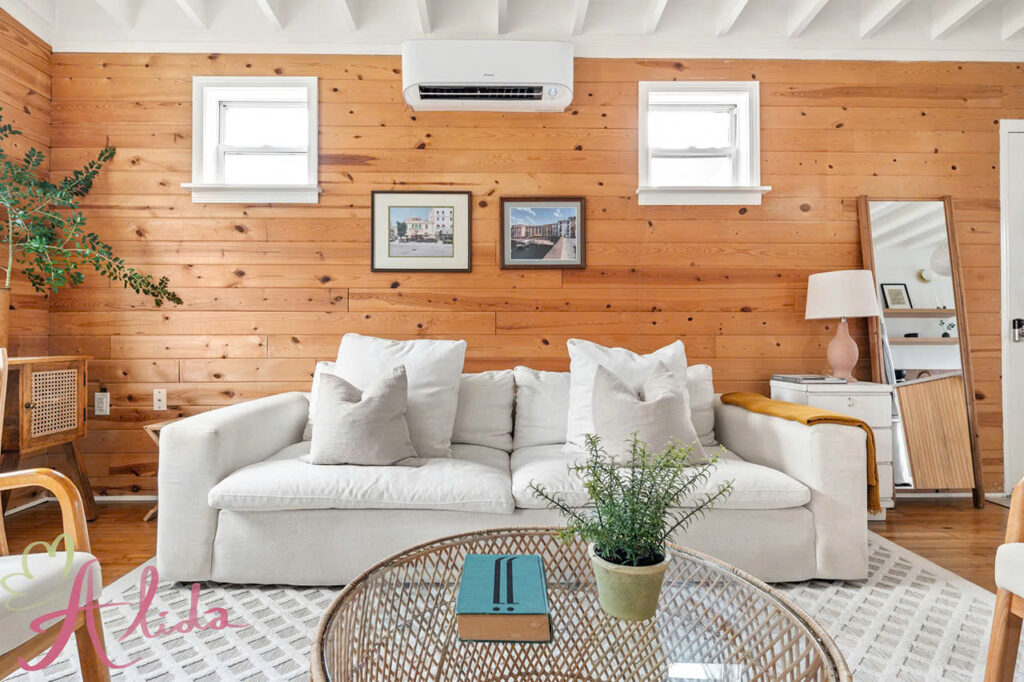Photography is more than just capturing moments; it is an art form that tells a story, evokes emotions, and preserves memories. Whether you are a beginner, hobbyist, or aspiring professional, improving your photography skills can help you create stunning images that stand out. This guide to taking better photos will provide you with essential tips and techniques to enhance your photography skills and develop a unique style.
1. Guide to Taking Better Photos: Always Carry a Camera
One of the best ways to improve your photography skills is to always be prepared. Carrying a camera or a smartphone allows you to capture spontaneous moments and practice whenever inspiration strikes. Great photography opportunities can appear unexpectedly, and having your camera ready ensures you never miss the perfect shot.
2. Take More Photos
Practice makes perfect, and photography is no exception. The more you shoot, the better you become. Experiment with different settings, compositions, and lighting conditions to understand how they affect your images. Over time, you will develop an eye for what works and what does not.
3. Guide to Taking Better Photos: Join Photography Communities
Engaging with photography communities can provide valuable insights, inspiration, and constructive feedback. Online platforms like Flickr, 500px, and photography forums allow you to share your work, receive critiques, and learn from experienced photographers.
4. Guide to Taking Better Photos: Attend Workshops
Workshops and photography courses offer hands-on experience and expert guidance. Attending these events can help you learn new techniques, understand camera settings, and refine your skills in a structured manner. Many workshops also provide networking opportunities with like-minded individuals.
5. Experiment with Angles
Changing your perspective can make a significant difference in your photos. Instead of taking pictures from eye level, try shooting from a lower or higher angle. Unique angles can add depth, interest, and creativity to your shots, making them more engaging and dynamic.
6. Learn How to Capture Sharp Photos
Blurry images can ruin an otherwise great composition. To ensure sharp photos, use a tripod, increase your shutter speed, or adjust your focus settings. Understanding how to control motion blur and camera shake will help you capture clear and crisp images.
7. Use a Polarizing Filter for Landscape Photography
A polarizing filter is a valuable tool for landscape photographers. It reduces glare from reflective surfaces, enhances colors, and improves contrast. Using a polarizing filter can make skies look richer and water appear clearer, resulting in more visually appealing images.
8. Use a Tripod
A tripod is essential for achieving stability, especially in low-light conditions or when capturing long-exposure shots. It allows you to use slower shutter speeds without introducing camera shake, making it a must-have accessory for serious photographers.
9. Shoot During the “Golden Hour”
The golden hour, which occurs shortly after sunrise and before sunset, offers soft, warm lighting that enhances photos. This natural lighting reduces harsh shadows and highlights, creating a beautiful glow that flatters subjects and landscapes alike.
10. Shoot in RAW Format & Use Editing Software
Shooting in RAW format preserves more details and provides greater flexibility in post-processing. Editing software like Adobe Lightroom or Photoshop allows you to adjust exposure, contrast, and colors, helping you achieve the desired look for your images.
11. Guide to Taking Better Photos: Explore New Locations
Expanding your horizons by visiting new locations can inspire creativity and help you discover fresh perspectives. Whether it is an urban environment, a scenic landscape, or an abandoned building, different settings challenge you to adapt and improve your skills.
12. Try Different Photography Genres
Exploring various photography styles, such as portrait, street, wildlife, or macro photography, can broaden your skill set. Each genre has unique challenges and techniques, which contribute to your overall growth as a photographer.
13. Guide to Taking Better Photos: Find a Critique Partner
Having someone critique your work can be incredibly beneficial. A critique partner can provide constructive feedback, highlight areas for improvement, and help you see your images from a different perspective.
14. Study the Work of Other Photographers
Analyzing the work of professional photographers can offer valuable insights into composition, lighting, and storytelling. Studying their techniques and styles can help you refine your approach and develop a unique vision for your photography.
15. Guide to Taking Better Photos: Spend More Time Shooting
Consistent practice is key to mastering photography. Dedicate time each week to go out and shoot, even if you do not have a specific subject in mind. The more time you invest in photography, the more you will improve.
16. Create a Creative Space for Yourself
Having a dedicated space for photography can boost creativity and productivity. Whether it is a home studio, a designated editing station, or a favorite outdoor location, creating an environment that inspires you will enhance your photographic journey.
Conclusion
Enhancing your photography skills demands commitment, practice, and an eagerness to learn. By implementing these tips, you can enhance your ability to capture compelling images and develop a unique style. Whether you are shooting for fun or aspiring to become a professional, continuous learning and experimentation will lead to better photos over time.
If you need professional real estate photo editing services, Alida provides high-quality editing to make your images stand out. Contact us at photonews121@gmail.com for more details.








